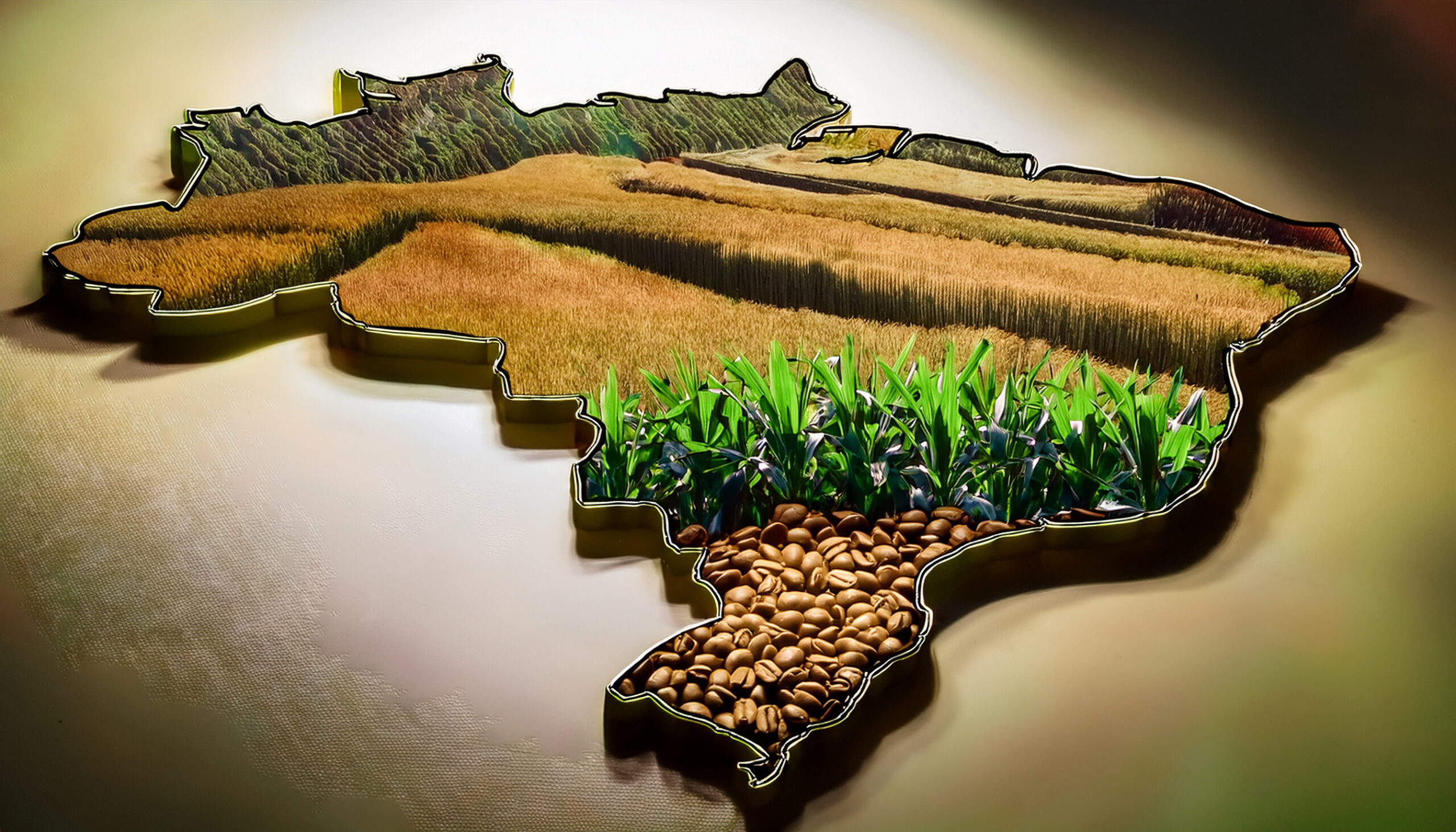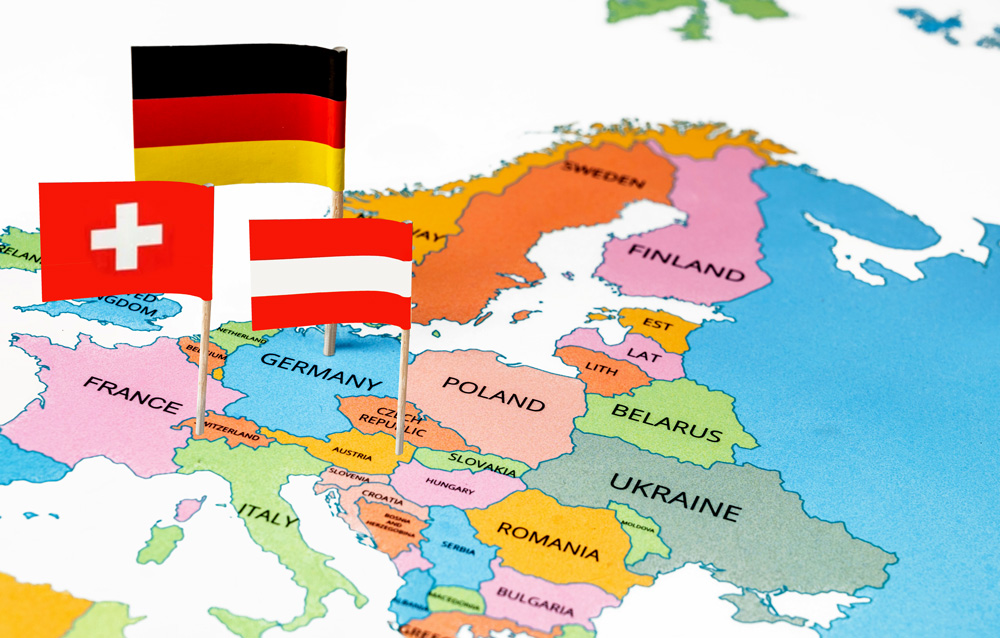A Brazilian Biologicals Launch — Or Other Markets to Consider?
Scroll Down to Read

By Lawrence Middler
The Brazilian market has attracted considerable interest in recent years for a number of reasons, including the more conducive nature of the country’s regulatory approval system.
In many cases, the less well-defined product classes, such as those in the biostimulants segment, created fewer barriers to entry, capitalizing on the ambiguity in classification. These comparatively low barriers to entry coupled with governmental support for biologicals at the private and academic institution level, in a market that cultivates a diverse range of crops across a wide range of climates, has led to significant market growth in recent years.
One question that is often asked about the Brazilian biologicals market is: “Can this growth be sustained?”

2022 was a somewhat anomalous year, in that energy costs peaked and coincided with a period of high crop prices such that the elevated product pricing could be supported. Growth for biopesticides and biostimulants in nominal terms during the 2021/2022 season was estimated at 29.1% and 20.5%, respectively.
In 2023, while prices for key crop commodities declined, they still remained high by historical standards, supporting the momentum of adoption in the market, but at a somewhat lower rate of 21.2% for biopesticides. The biostimulants market in 2022/2023 was estimated to have increased, largely due to rising awareness of the benefits of biostimulant products, greater availability of efficacious products, a more streamlined regulatory system favoring product introductions, and use of biostimulants for abiotic stress purposes. Synthetic fertilizer prices, although falling during the main planting window, remained high by historical standards, favoring product uptake within inoculants for nitrogen fixation.
In 2023/2024, the overall Brazilian crop protection market is expected to have declined by around 9% according to our preliminary market estimations. This can primarily be attributed to the effects of lower agrochemical pricing as well as lower crop commodity pricing.
Adverse weather conditions were also an issue with severe droughts affecting key regions and crops. For the biopesticide and biostimulant market, the rate of adoption is likely to have slowed somewhat during this period due to the low crop prices, but the fundamentals of the segment remain robust.
“The Biologicals Primary Market Research Study” by AgbioInvestor showed the majority of growers in Brazil identified that they had noted a positive difference using biologicals over conventional crop protection in a number of key areas including user safety, soil health, and efficacy. In terms of future adoption, the majority of growers across soybeans, horticulture, cotton, maize, tree fruit/nuts, sugarcane, coffee, and bananas intended to use the same or higher level of biologicals in the future.
Another influence was the recent trend in crop prices. According to the AgbioInvestor study, maize and soybeans had a significant level of biological input applications. With the price of both crops having remained down from recent peaks in 2024, adoption during the season is likely to have slowed somewhat, although the growth fundamentals of the biologicals market in Brazil remain.
Higher agrochemical pricing early in 2024, coupled with pressure on crop commodity pricing has had the impact of reducing profitability for many Brazilian input distributors. Coupled with high interest rates, this has led to many companies experiencing debt and cashflow issues. This had led to some companies seeking bankruptcy protection, such as the input distributors Portal Agro Group and AgroGalaxy. The cyclical nature of crop commodity prices and input costs is nothing new in the industry, and this should not deter biological companies from looking at the Brazilian market as a growth opportunity.
For Brazilian maize, prices in January 2025 were somewhat above the same stage last year, although futures indicate a lower trend following the expectation of higher production in 2025 over 2024. Soybean prices are facing similar pressures, with expectations for record production in 2024/2025 limiting any significant price improvement. As a result, financial pressures on farm incomes are expected to continue, including from the perspective of biological product usage. However, it is important to consider that the dynamics in the adoption of biologicals is also influenced by factors other than cost pressures, including loss of older products, pest resistance, high fertilizer prices, and the use of biostimulants to mitigate abiotic stress. Stringent MRLs in certain export markets can also influence the use of biologicals as a means to reduce pesticide residues.
Another factor that has supported the biopesticide market in Brazil in recent years is the high levels of nematode pressure in the country. Due to the difficulties in identifying this pest type and lack of knowledge over direct impacts to crops, many growers have previously under-controlled nematodes. The potential for older products to leave the market which have traditionally been utilized for nematode control, particularly those based on carbamate, fumigant, and organophosphate chemistries, will open up the market to alternative nematode control options, with significant potential for increased bionematicide adoption over the next few years. A competing factor will be the newer generation nematicides cyclobutrifluram from Syngenta and fluazaindolizine from Corteva, although bionematicides could also be used with such products in an overall IPM/nematode control application program.
Developments in Regulation
In December 2024, Law No. 15,070/2024, also known as the ‘Bioinputs Law,’ which regulates the production, use, and commercialization of bioinputs in the agricultural sector in Brazil, was published in the Official Gazette. Within the proposed law are a number of articles aimed at better defining biologicals, streamlining processes, and outlining official mechanisms to encourage the use of bioinputs in agriculture. This includes fiscal and tax incentives, and support for small biological businesses.
One crucial part of this regulation is the proposal to exempt registration for biological inputs produced on-farm. This has long created an issue in the Brazilian market, and indeed the AgbioInvestor market research study confirmed that there was a significant level of on-farm production in survey responses. The formalization of such product usage could somewhat dampen the future market growth of traded bioproducts, if ratified in 2025. However, many of these on-farm products that were identified in the survey were relatively basic in nature, consisting of processing by-products, minerals, and organic acids. A larger issue which could affect traded bioproducts is the microbial products that are cultivated on-farm in bioreactors. These are defined as:
Bioinput production units are “places intended for the production of non-commercial bioinputs intended for use exclusive and own of rural, urban and peri-urban producers, people physical or legal systems, which has, when necessary, equipment or structures that allow quality control.”
This part of the system in Brazil has rightfully created concerns around risk management of such on-farm products and crops produced using them. However, the new law incorporates quality controls and government inspection. Agricultural agencies from the states and the Federal District will undertake this responsibility, while inspection of commercial bioinput production will fall under the remit of the federal agricultural defence agency – Agência de Defesa Agropecuária Federal (ADAF).
The law also outlines definitions of manufacturing sites for commercially traded products or ‘biofactories’: “an establishment for the production of bioinput or inoculum of bioinput for commercial purposes, which has equipment and facilities that allow quality control and the health and environmental safety of its production.”
The law also outlines that: “registration of biofactories, importers, exporters and traders of bioinputs or bioinput inoculums in the Federal agency for agricultural defense is mandatory, in the form of a regulation.”
Article 25 outlines the Registration Fee of Establishment and Product of Agricultural Defense (Trepda), which ranges from R$ 350.00 (about $60 USD) to a maximum limit of R$3,500.00 (about $600 USD). This will be levied for the evaluation and alteration of records that require technical analysis of bioinputs produced or imported for commercial purposes, as well as establishments that produce or import bioinputs for commercial purposes. Fees cover registration, auditing and inspection. As this is a small fee compared to other biologicals markets, then this generally supports the future registration of biological products in the country.
Where might a company launch a product in 2025 and beyond?
In terms of where the future opportunities may arise, eastern Europe has a much lower adoption rate of biopesticides and biostimulants compared to the more agriculturally developed European markets of Italy, Spain and France, where high value F&V crops are an established outlet for biological crop inputs, while row crop use is a smaller but developing market.
Other highly developed markets such as Germany, Austria, and Switzerland are also expected to grow, driven by EU sustainability targets and from rising consumer awareness and preference for sustainable produce. Many supermarket chains in Europe have their own effective MRL limits, which are much lower than the legal requirements, further creating pressure in the European market.

However, biological input adoption in the EU is severely hampered by regulation, which acts as a bottleneck in the region. This also needs to be considered for EU member states in eastern Europe where companies might consider launching a biological product. Another factor to consider when launching a product in these eastern European markets is grower perception, which is a continual challenge with technologies which are newer to that particular market. Products launched in these countries are likely to be those that already have an EU registration and national approval can be sought, potentially benefiting larger organizations with wider product registration capabilities. Working with the distribution chain and with agronomists to educate growers and to foster optimal product usage will help ensure that the product has the best chance of meeting expectations and fostering future utilisation in these markets.
India represents another growth market for biological inputs, where we have seen increasing demand for high-quality fruit and vegetable production. India is also slowly moving toward newer conventional pesticide technologies, likely leaving some gaps in mode of action availability to growers, as has been seen with recent removals for broad spectrum products such as mancozeb and chlorpyrifos. Climate change and population growth place food security firmly at the forefront of current and future agricultural policy in India. Both biopesticides and biostimulants can play an important part in meeting these aims, however there are several challenges in the Indian market that must be surmounted, including its small holder characteristic, distribution challenges, and grower education.
Government subsidies could assist in boosting adoption, and basic agronomy services boosted by widespread smartphone usage could assist with this aim. The challenge for an international partner is the somewhat bureaucratic regulatory system in India, where companies must have a locally incorporated entity registered with the Indian Registrar of Companies (RoC). This clearly gives local Indian companies an opportunity to partner with international players, but those international innovator companies will in most cases already have a subsidiary in the country. Innovation and finding new products will create value both for potential partners and growers.
Certain countries in Central America also present a good opportunity, including Costa Rica which cultivates many high value F&V crops such as pineapples, bananas, papaya, avocado, and citrus. Any crops which have a strong co-operative model and investment from large multinationals, such as Chiquita, will likely have a robust distribution system in place to act as a route to market. However, the challenges for many other countries in Latin America include lower development levels of the agricultural industry, farm income, distribution, and logistics. •
